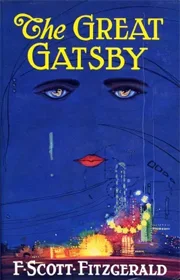
“The Great Gatsby” is a classic novel that follows the summer of 1922 in America. Narrated by Nick Carraway, the story revolves around the mysterious Jay Gatsby, who throws lavish parties in the hope of rekindling a romance with his former love, Daisy Buchanan. As the tale unfolds, themes of wealth, love, and the pursuit of the American Dream are explored. The novel, written by F. Scott Fitzgerald, provides a vivid portrayal of the Roaring Twenties and is celebrated for its lyrical prose and keen observations of society.
Read The Great Gatsby Flipbook:
Listen to The Great Gatsby Audiobook:
Title: “The Great Gatsby”
Author: F. Scott Fitzgerald
Publication Year: 1925
Setting: Summer of 1922, during the Roaring Twenties
Narrator: Nick Carraway
Protagonist: Jay Gatsby, a mysterious and wealthy individual
Plot Focus: Gatsby’s extravagant parties in the hope of rekindling a romance with Daisy Buchanan
Themes: Wealth, love, and the American Dream
Writing Style: Lyrical prose and keen societal observations
Significance: Considered one of the greatest works of American literature
Educational Relevance: Often studied in schools for its exploration of the complexities and disillusionment of the American Dream.